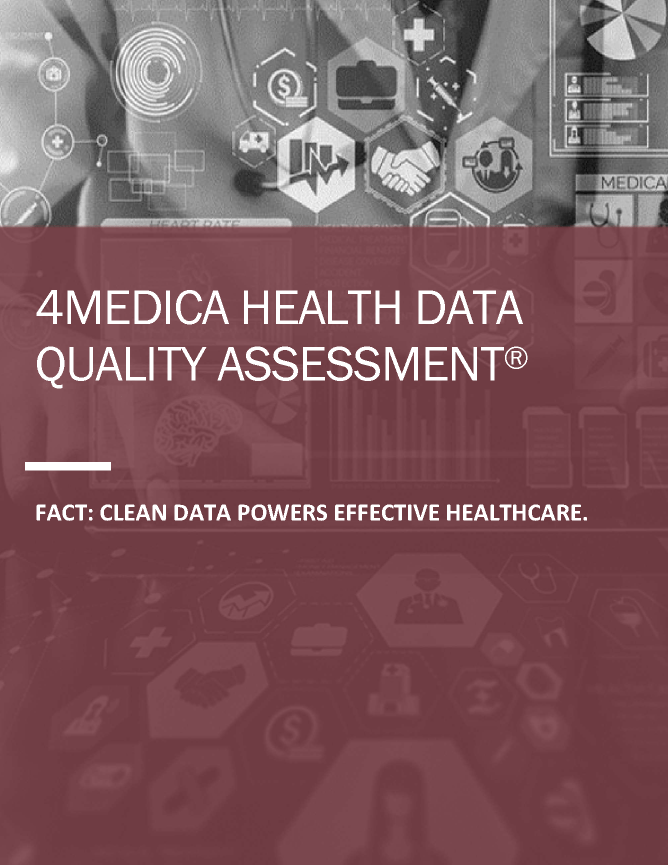Imagine if your personal finance records – loans, investments, savings etc. – had a roughly 1 in 5 chance of being duplicated or mixed up with someone else’s accounts by financial institutions. Think of the damage that would cause.
You and every other customer of those banks and mortgage companies would be outraged and demanding the financial industry devise a more accurate, secure and verifiable system of record-keeping.
Now substitute medical records for financial records but subtract the outrage.
Duplication of patient records is one of the most serious problems with healthcare data quality – and it’s more common than many people think. 4medica has found duplication rates as high as 30% in some healthcare organizations and a 10% rate is common.
Like erroneous financial records, duplicate medical records can cause great damage, but in these cases the risk is to patients’ health, not their wallets. It can lead to misdiagnoses and mistreatments and, in some cases, to injury and death.

I recently had the chance to discuss this issue with Jay Kumar, editor-in-chief of PSQH (Patient Safety and Quality Healthcare), on his podcast. It was a welcome opportunity to discuss this often-overlooked problem with the leader of a publication devoted to improving the quality of healthcare.
We talked about the prevalence of duplicate records and overlays, in which one patient’s records are mixed with those of another, and how the proliferation of medical data and greater patient access to their records is going to worsen the problem.
We discussed how so many duplicate records begin with patient registrations that don’t include enough identifying information and with manual data entry procedures that are prone to human error. For example, clinical labs still receive roughly half their requisition forms on paper. Lab techs then must enter the patient information into their computer systems by hand. When a patient’s identity is unclear, the techs frequently default to creating a new patient record, which can then become a duplicate.
The conversation then centered on how technology can help all stakeholders attain health data quality. Advances in AI and machine learning let automation technology reduce human error in the patient-matching process. For example, 4medica’s multi-layered process runs data through a Master Patient Index to identify and merge obvious duplicate patient records, then uses machine learning to correct detected errors in the data. Referential matching and data enrichment can further reduce duplication. Once this process is complete, data analytics can resolve remaining duplicates and check for overlays. Any unresolved questions regarding specific records can be addressed by humans.
Using intelligent automation produces better results far faster than it would take for humans to perform the same tasks. By reducing duplicate records and overlays, healthcare organizations can significantly improve the quality of their data, increasing the chances that clinicians have the right information to provide the safest care for their patients.
You can listen to the entire PSQH podcast here.
Stay In Touch:
| Thank you for Signing Up |


Stay In Touch:
| Thank you for Signing Up |




